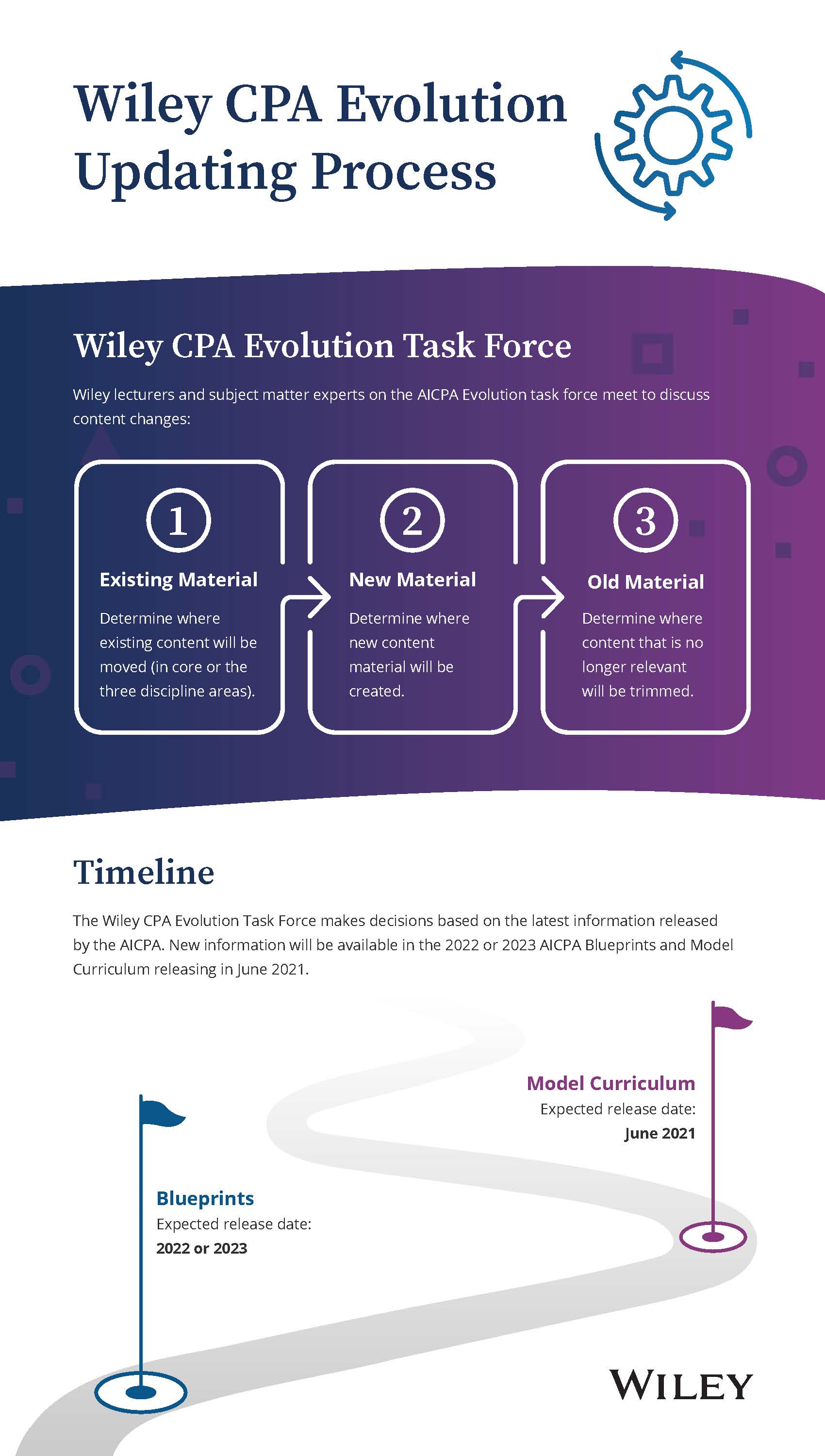decolonizing-world-regional-geography
April 01, 2021
Intellectual decolonization is a concept we increasingly read and hear about in the academy (de Leuw and Hunt 2018). While geography is no newcomer to this trend, as decolonization has been central to some scholarship in the field for decades now, this lens could also be more central to the way we teach and present introductory courses such as world regional geography. In this essay I briefly discuss intellectual decolonization and then provide examples of how this could be applied to the teaching of world regional geography.
Most of us are familiar with the political decolonization that unfolded in the 19th and 20th centuries after two waves of European colonialism between 1500-1975. Accompanying political decolonization was a process of intellectual decolonization, or what Kenyan writer Ngũgĩ wa Thiong’o (2012) refers to as ‘decolonization of the mind.’ In many cases, this means casting off Eurocentric views of the world and looking at subjects anew through the perspectives of colonized peoples.
As a human environment geographer who works in the tradition of cultural and political ecology, I understood that the rise of cultural ecology in the post-World War II period was about studying local natural resource management practices on their own terms. This meant comprehending that these techniques were not primitive and backward (as depicted in colonial scholarship), but highly attuned to local ecologies, rational and sustainable (Richards 1985). Building on cultural ecology, political ecology, as it emerged in the 1980s, helped us understand that environmental degradation was rarely a local phenomenon, but enmeshed in a global system that was developed in the colonial period and persists today. This system encouraged extraction of raw materials, commodity production and degradation in the global South in order to feed consumption in the global North (Watts 1983). Even further decolonization occurred with the advent of poststructural political ecology in the 1990s and its attention to narratives, discourses that were often linked to the work of European scientists in the colonial period (Peet and Watts 1996). While early cultural and political ecology often focused on regions in the tropics (an emphasis itself partially linked to colonialism), it increasingly examines the situations of marginalized peoples in the global North, including in settler colonies such as the United States, Canada and Australia (Schroeder et al. 2006). Today, the decolonization process continues with exciting synergies between political ecology, environmental justice and black geographies (Wright 2021), as well as increasing attention to other forms of socially constructed difference (Sultana 2021)
But how do we apply the decolonization lens to the teaching and presentation of world regional geography? The challenge is that this is a very broad introductory course geared towards younger students and it does not always capture the deeper theoretical rethinking that has been going on in some of geography’s subdisciplines for decades now. In Understanding World Regional Geography (2018), my co-author Erin Fouberg and I do this in a couple of different ways.
First, many more traditional world regional geography textbooks begin with regions in the global North such as Europe or North America, before proceeding to regions in the global South (e.g., Pulsipher et al. 2019; Price et al. 2020). While the argument is that it is easier to start with regions that European and North American students know better, this ordering of the world subtly reinforces the idea that regions with historically majority European populations are more important than others. In our text, we explore regions in the order in which they were peopled, starting with Africa South of the Sahara where hominids originally emerged and then following the path of human migration around the world. This ordering drives home the point that we are all Africans and all migrants. Homo sapiens have been on the move for thousands and thousands of years.
Second, the naming of regions is important. In our text, we have opted for a nomenclature that is less Eurocentric than the standard conventional terms, often using the center of continental landmasses as our reference points rather than Europe. For example, Sub-Saharan Africa, with ‘sub’ meaning below, is only below the Sahara Desert in relation to Europe. We therefore refer to this region as Africa South of the Sahara. Furthermore, the Middle East is only in the middle in reference to Europe and points further east. As such, we refer to this area as Southwest Asia (with the center of Asia as the reference point). The term ‘Latin America’ privileges the region’s Iberian colonial heritage above all other factors (Price and Cooper 2007) which may strike the Mayan living in the Yucatan Peninsula, or a Quechua speaker from Bolivia, as odd. As such, we refer to the region as South America, Mesoamerica and the Caribbean. While the regional nomenclature we employ may be debatable, this is a start to an important questioning of Eurocentric naming conventions.

Lastly, we start each regional chapter with a photograph and associated text designed to encourage students to question stereotypes and engrained assumptions. For example, this photo is an image of a woman farming in southern Mali that we use at the start of the Africa South of the Sahara chapter. Some students will look at this image and see a “downtrodden, impoverished woman forced simultaneously to care for her child and to farm with primitive tools. Others might interpret the tree-filled field in the background as a sign of backwardness – or the fallen wood behind her as evidence of deforestation. These immediate assumptions are largely inaccurate, based more on Western views than on a grounded understanding of the African context. In Africa South of the Sahara, women produce roughly 70% of the food. The woman photographed here is farming peanuts that she will use in her family’s meals or sell at the market. […] She uses a short handled hoe because these are heavy clay soils, making long handled hoes less effective. A motorized plow would destroy the soils in this area after only a few years of use. The trees in the background have been maintained in the field because they reduce wind erosion during the dry season and provide useful tree products. Finally, the fallen branches are dead limbs trimmed from a nearby tree for firewood, leaving the tree to survive and grow. Although the woman in this photo certainly faces challenges, she is managing the landscape with knowledge and skill” (Fouberg and Moseley 2018: 87). Images like this one are conversation starters to the long process of decolonizing the mind.
The three aspects I have outlined above are relatively simple and straightforward ways we have begun to try decolonize the teaching of world regional geography. Of course, along the way we also highlight exciting trends in geographic scholarship from around the world that help us understand the world from a less Eurocentric perspective.
William G. Moseley is DeWitt Wallace Professor of Geography at Macalester College in Saint Paul, MN and co-author with Erin Fouberg of Understanding World Regional Geography (Wiley 2018).
References
de Leeuw, S and S. Hunt. 2018. “Unsettling decolonizing geographies.” Geography Compass. 2018(12):e12376.
Fouberg, E. and W.G. Moseley. 2018. Understanding World Regional Geography. 2nd edition. Hoboken, NJ: John Wiley & Sons.
Peet, R. and Watts, M. (eds). Liberation Ecologies: Environment, Development, Social Movements. New York: Routledge.
Price, M. D. and C.W. Cooper. 2007. “Competing visions, shifting boundaries: the construction of Latin America as a world region.” Journal of Geography. 106(3): 113-122.
Price, M., L. Rowntree, M. Lewis and W. Wycoff. 2020. Globalization and Diversity: Geography of a Changing World. 6th Edition. New York: Pearson.
Pulsipher, L., A Pulsipher and O. Johansson. 2019. World Regional Geography: Global Patterns, Local Lives. 8th Edition. New York: W.H. Freeman
Richards, P. 1985. Indigenous Agricultural Revolution. Boulder: Westview Press.
Schroeder, RA, K. St Martin and KE Albert. 2006. “Political Ecology in North America: Discovering the Third World Within?” Geoforum. 37(2): 163-168.
Sultana F. 2021. “Political ecology 1: From margins to center.” Progress in Human Geography. 45(1):156-165.
wa Thiong’o, N. 2012. Globaletics: Theory and the Politics of Knowing. New York: Columbia University Press.
Watts, M., 1983. Silent Violence: Food, Famine and Peasantry in Northern Nigeria. Berkeley: University of California Press.
Wright, W.J. 2021. “As Above, So Below: Anti‐Black Violence as Environmental Racism.” Antipode. https://doi.org/10.1111/anti.12425












